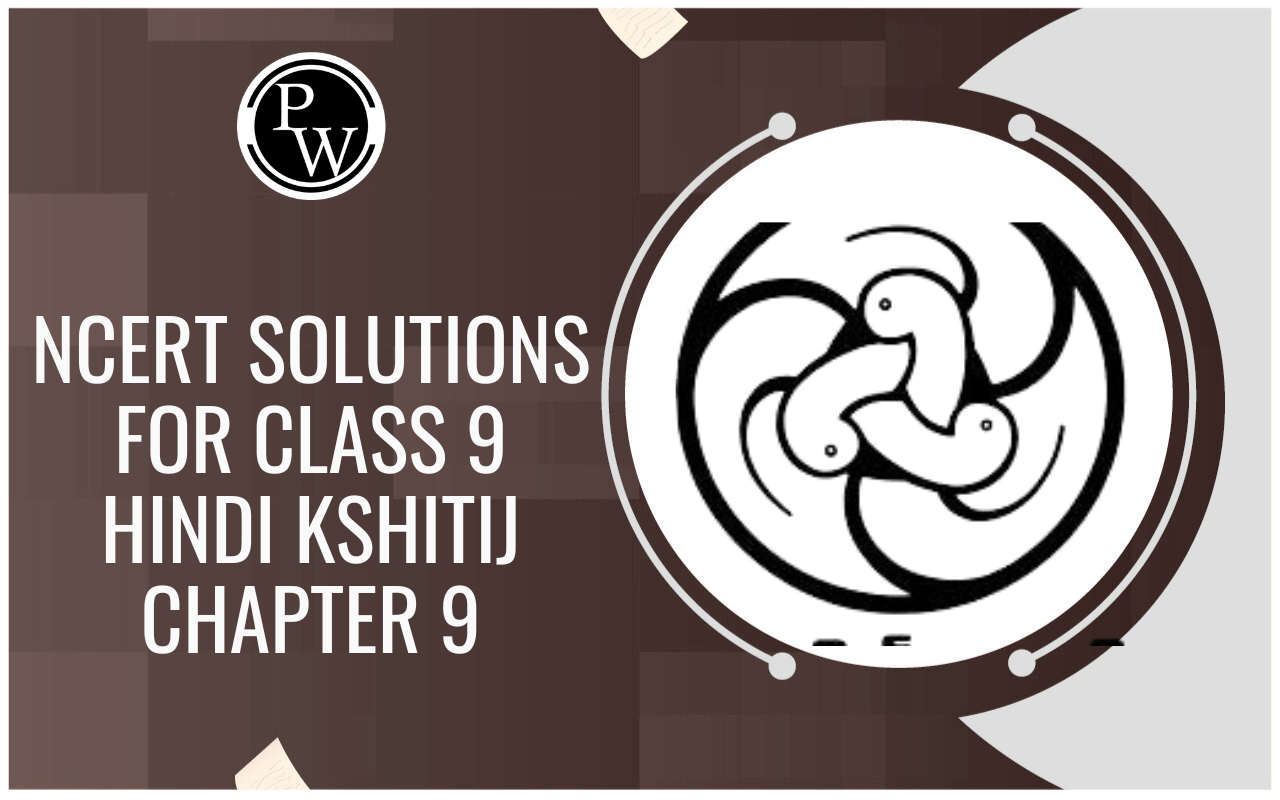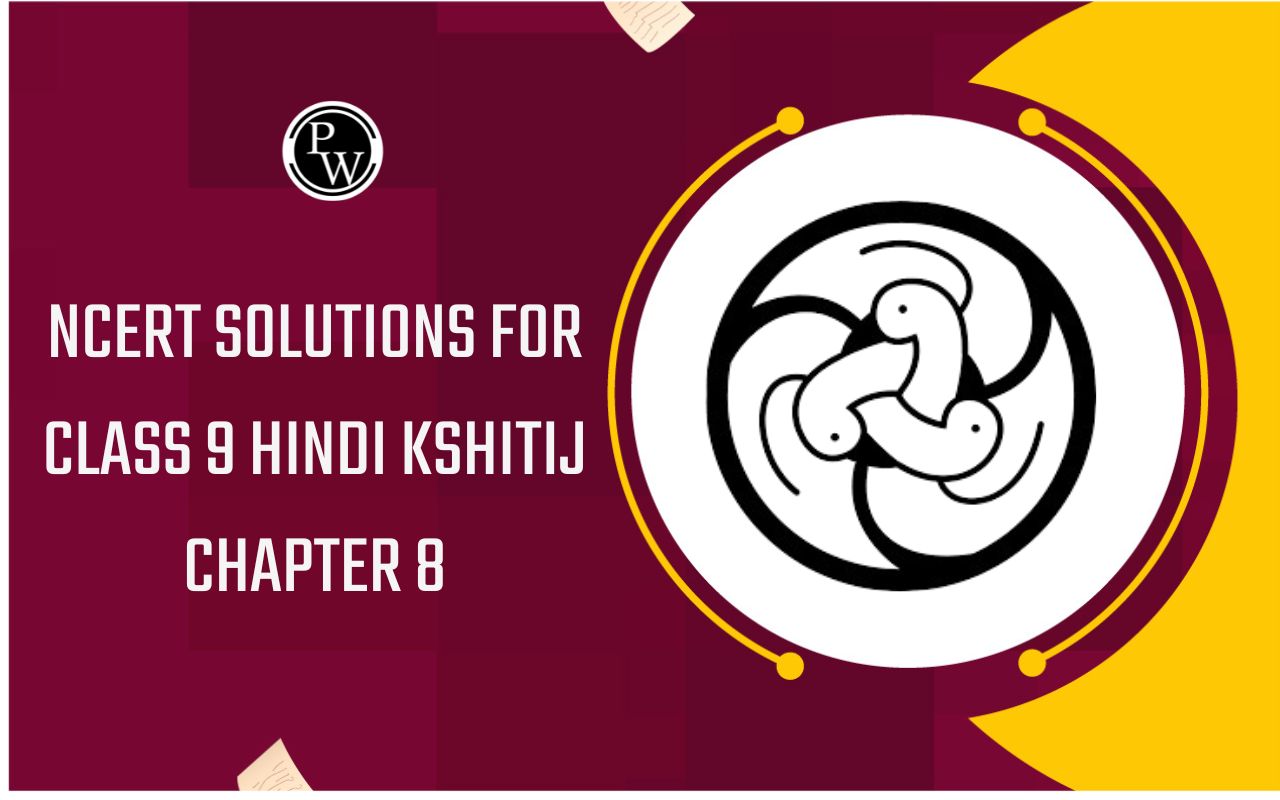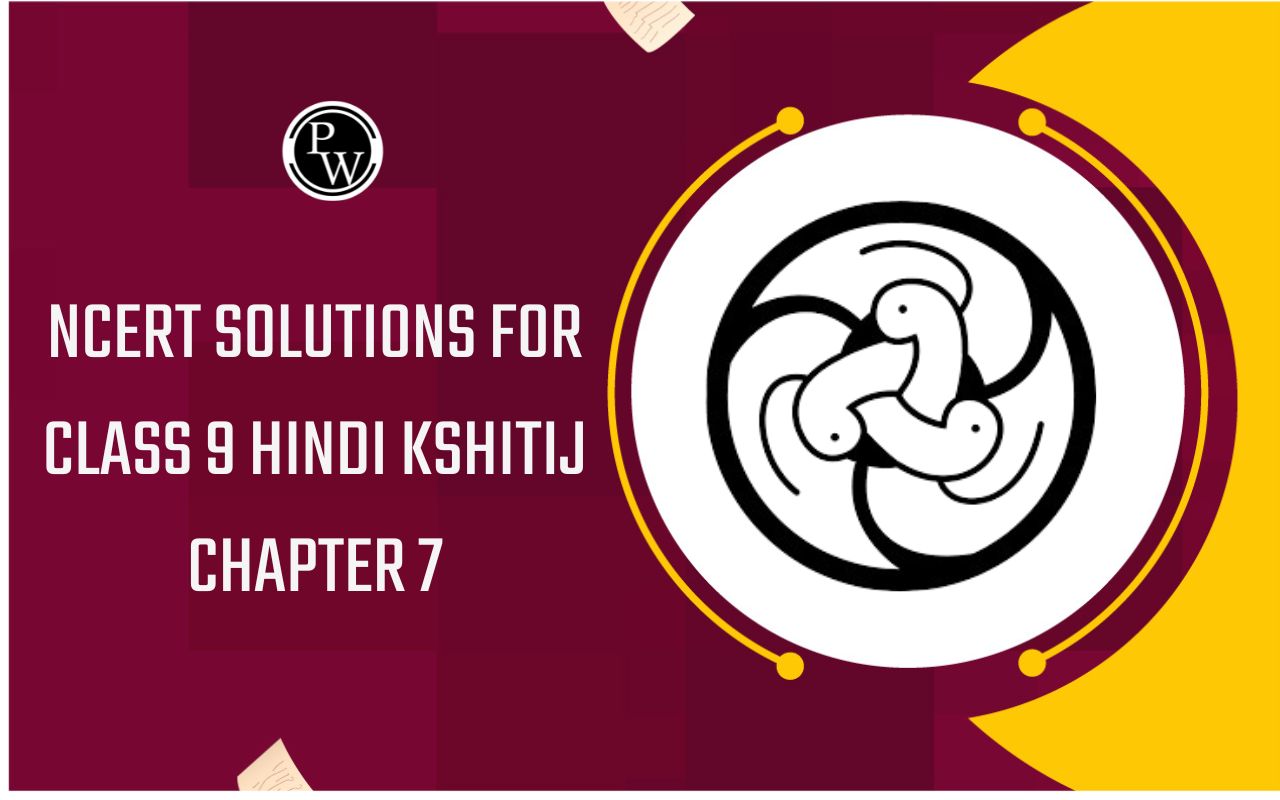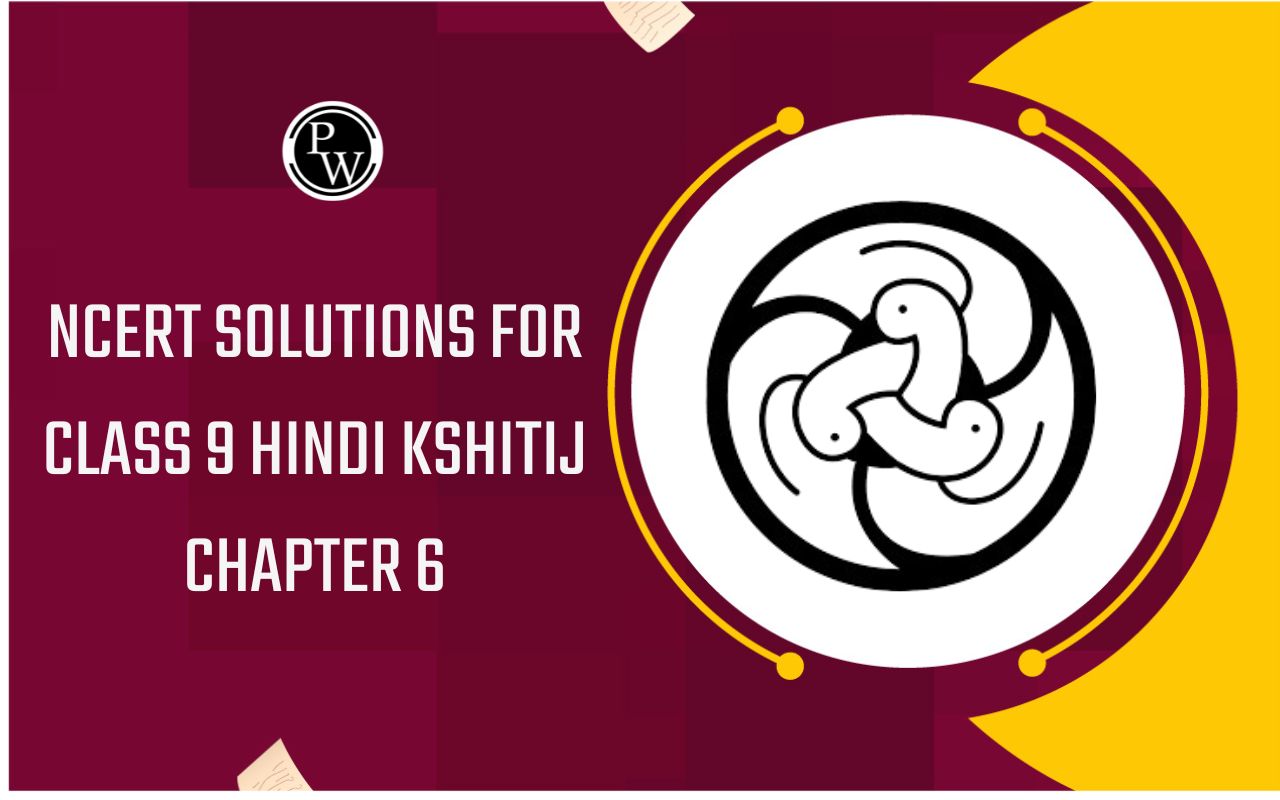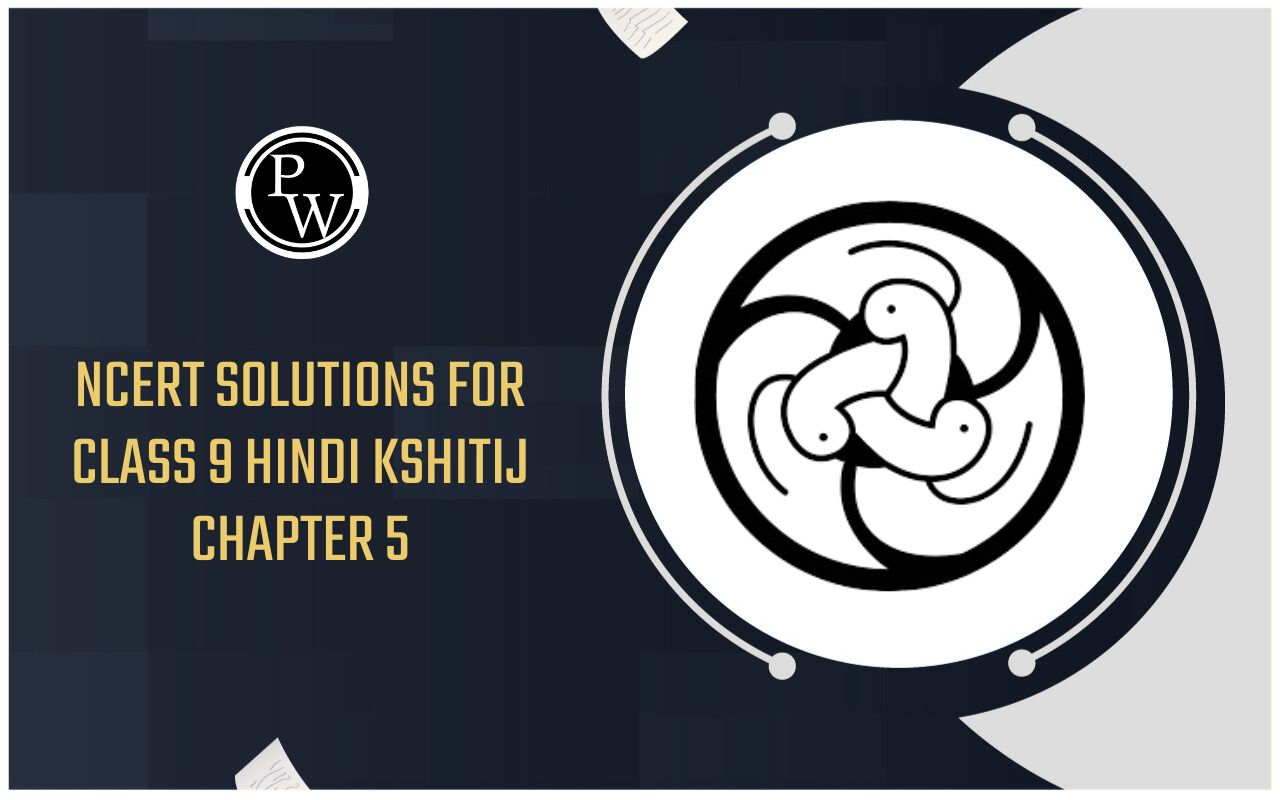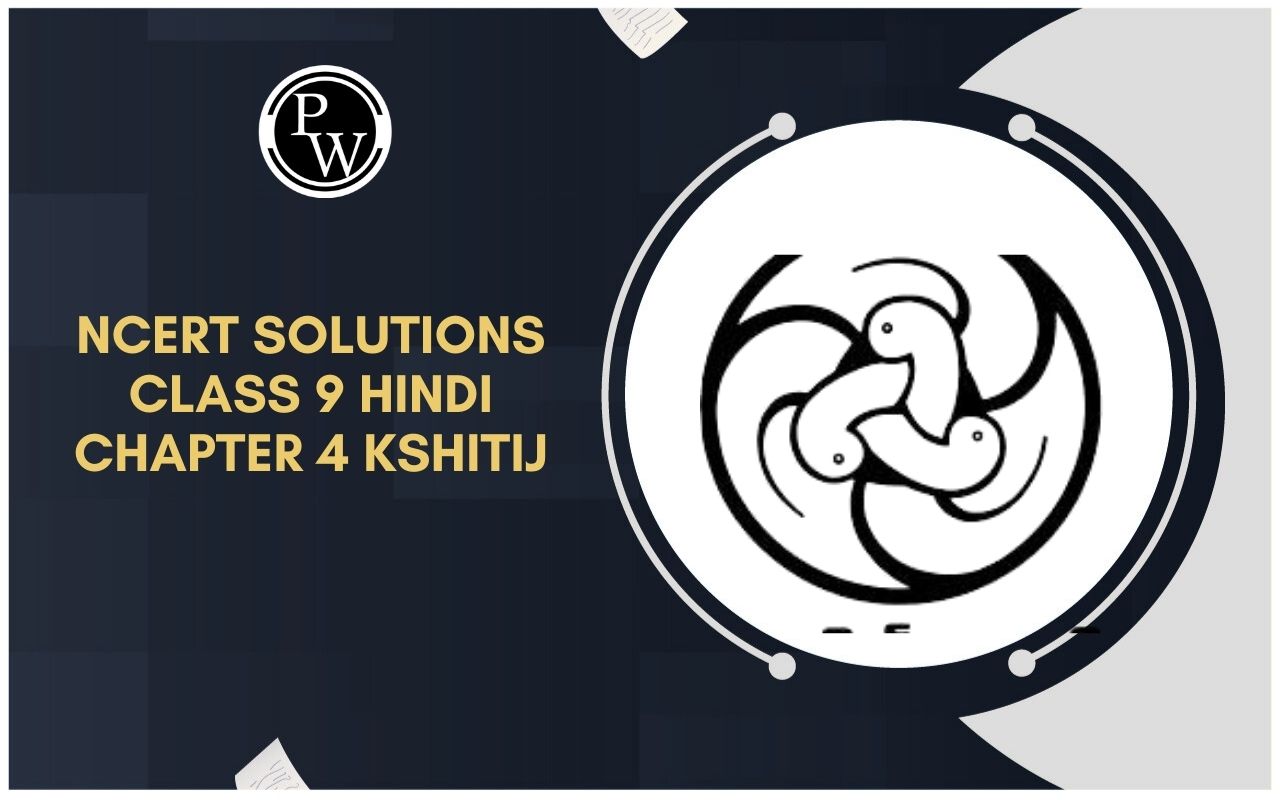
Introduction to chemical bonding
Chemical Bonding of Class 10
Most of the substances found in nature are in the form of clusters or aggregates of atoms. Any such aggregation in which atoms are held together and which is electrically neutral is called a molecule. The molecules are made of two or more atoms joined together by some force acting between them. The force is termed as a chemical bonds. Thus, a chemical bond is defined as a force that acts between two or more atoms to hold them together as a stable molecule.
Important theories on Chemical Bonding
Albrecht Kössel and Gilbert Lewis were the first to elucidate the formation of chemical bonds successfully in the year 1916. They explained chemical bonding on the thought of the inertness of noble gases.
Lewis Theory of Chemical Bonding
- An atom is viewed as a positively charged ‘Kernel’ (the nucleus and the inner electrons) and therefore the outer shell.
- The outer shell will accommodate a maximum of eight electrons only.
- The eight electrons present in the outer shell occupy the corners of a cube that surround the ‘Kernel’.
- The atoms having octet configuration, i.e. 8 electrons in the outermost shell, so symbolize a stable configuration.
- Atoms can do this stable configuration by forming chemical bonds with other atoms. This chemical bond can be formed either by gaining or losing an electron(s) (NaCl, MgCl2) or in some cases because of the sharing of an electron (F2)
- Only the electrons present in the outer shell, also called as the valence electrons participate in the formation of chemical bonds. Gilbert Lewis used specific notations higher referred as Lewis symbols to represent these valence electrons.
- Generally, the valency of an element is either equal to the number of dots in the corresponding Lewis symbol or 8 minus the number of dots (or valence electrons).
Kossel's Theory of Chemical Bonding
- Noble gases separate the highly electronegative halogens and the highly electropositive alkali metals.
- Halogens can form negatively charged ions by gaining an electron. Whereas alkali metals can form positively charged ions by losing an electron.
- These negatively charged ions and positively charged ions have a noble gas configuration that is 8 electrons in the outermost shell. The general electronic configuration of noble gases (except helium) is given by ns2np6.
- As unlike charges attract each other these unlike charged particles are held together by a strong force of electrostatic attraction existing between them. For example, MgCl2, the magnesium ion, and chlorine ions are held together by force of electrostatic attraction. This kind of chemical bonding existing between two unlike charged particles is known as an electrovalent bond.



